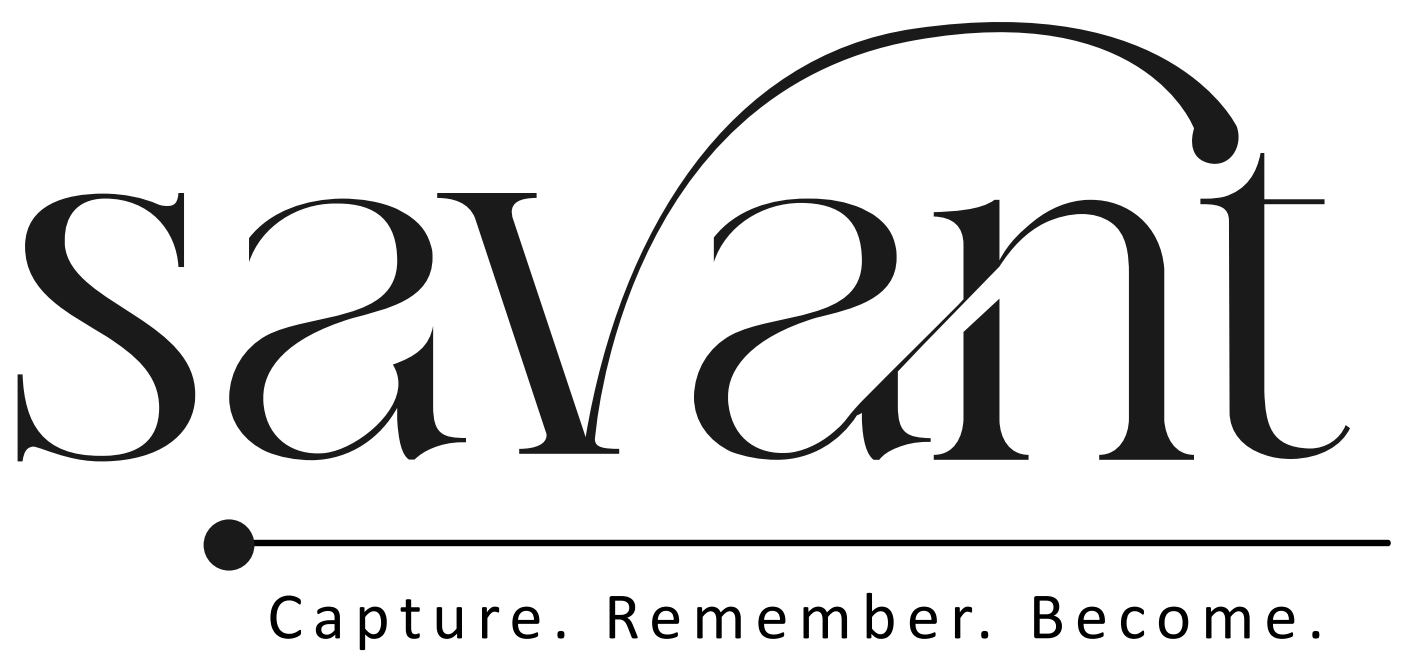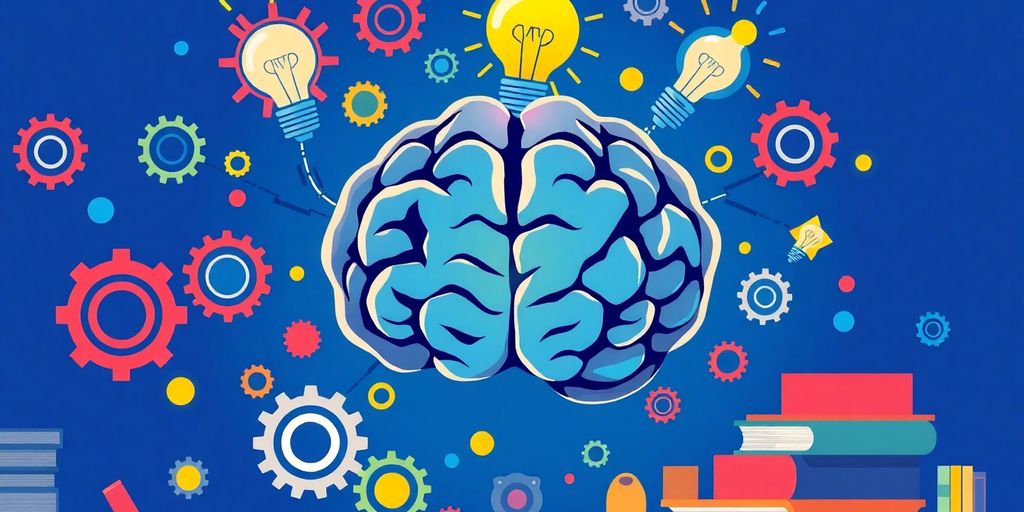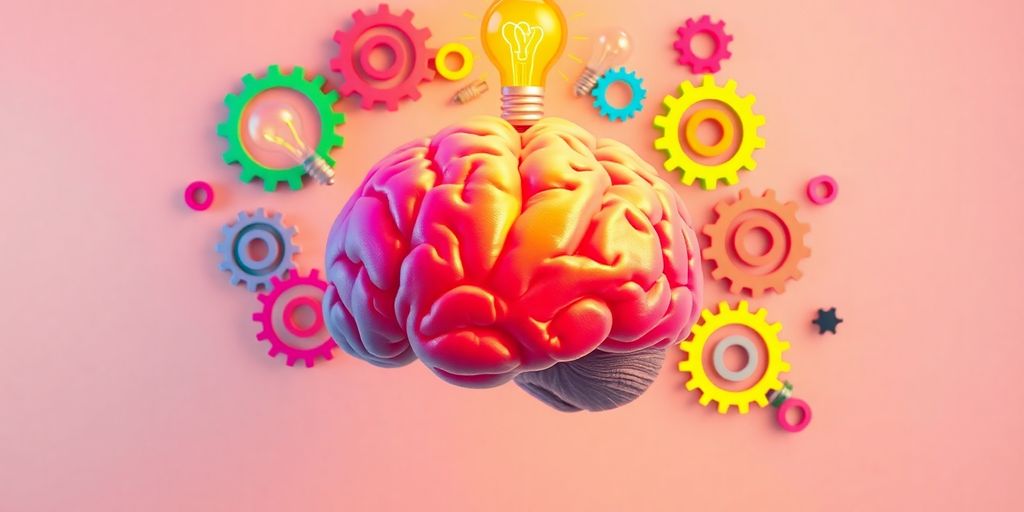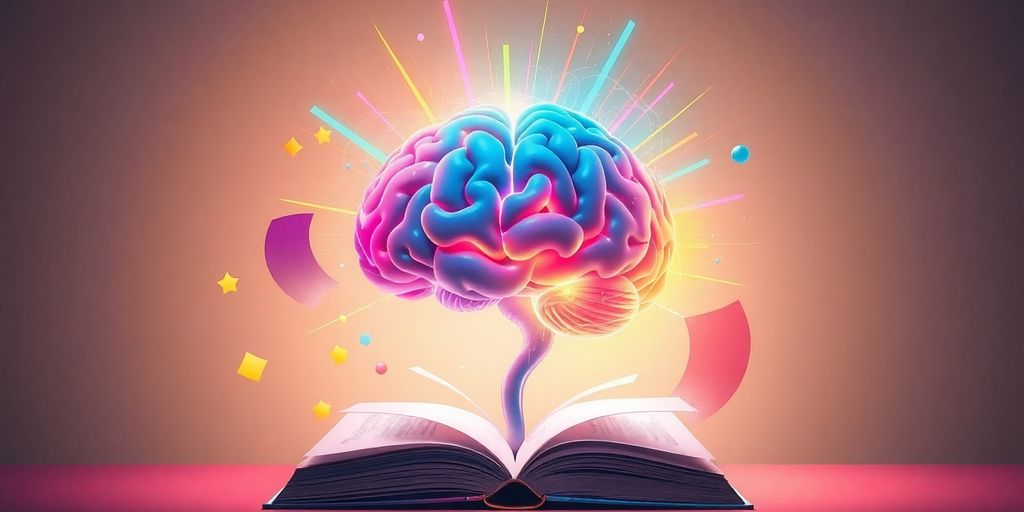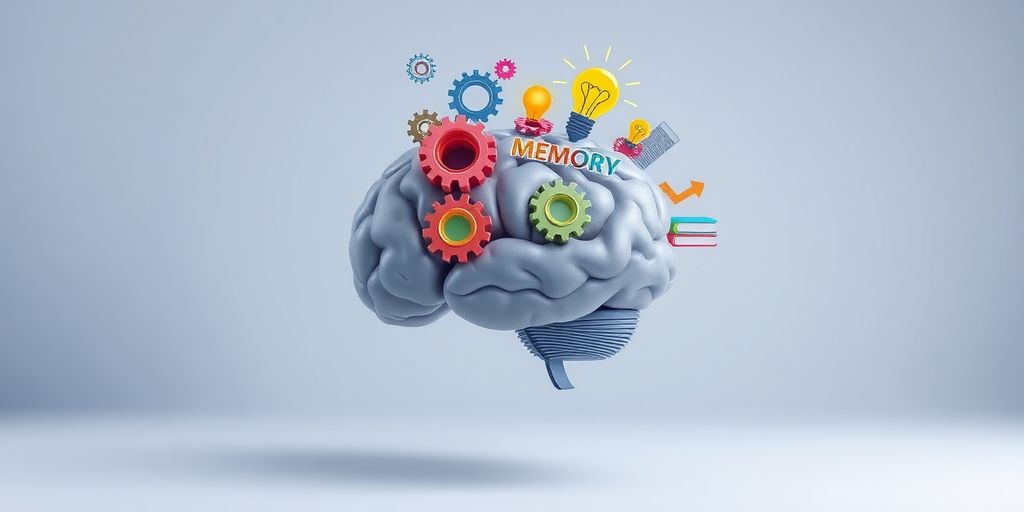Ever scribbled down notes during a lecture or while reading a book, only to forget them later? You’re not alone. Learning notes are more than just words on paper; they’re a powerful tool to help you remember and understand what you’ve learned. By mastering the art of taking effective notes, you can boost your memory and make studying a breeze. Let’s dive into some strategies that can help you make the most out of your learning notes.
Key Takeaways
- Learning notes are essential for boosting memory and understanding.
- Choosing the right note-taking method can make a big difference.
- Incorporating visuals helps in grasping complex concepts easily.
- Regular review of notes reinforces knowledge and aids retention.
- Using technology can enhance your note-taking process.
Understanding the Power of Learning Notes
Why Learning Notes Matter
Notes are more than just scribbles on a page. They are a bridge between listening and understanding. When you jot down notes, you’re not just writing words—you’re capturing the essence of what’s being taught. Learning notes matter because they help cement information in your mind. They act as a personal guide, leading you back to the core ideas and insights long after the lesson is over. It’s like having a conversation with your past self, reminding you of what clicked and what didn’t.
The Science Behind Note-Taking
Ever wondered why some people remember lectures like they just happened yesterday? It’s all about how our brains work. When you take notes, you’re engaging in an active learning process that involves listening, processing, and summarizing. This multitasking boosts memory retention. Studies show that writing things down helps encode information into your memory better than just listening. It’s like giving your brain a workout, strengthening its ability to recall information when you need it.
How Learning Notes Enhance Retention
Retention isn’t just about memorizing facts—it’s about understanding and being able to use information. Learning notes enhance retention by acting as a visual map of your learning journey. They help you connect the dots between new and old information, making it easier to recall when needed. Here are some ways notes boost retention:
- Active Engagement: Taking notes forces you to be present and engaged during lectures, which naturally improves recall.
- Structured Review: Well-organized notes make it simple to review and reinforce what you’ve learned.
- Personalized Learning: Tailoring notes to your style helps you internalize information better.
Taking notes isn’t just about writing down what you hear. It’s about transforming information into something meaningful that sticks with you. By making the process your own, you turn learning into a more effective, enjoyable experience.
Crafting Your Perfect Learning Note
Choosing the Right Note-Taking Method
Picking the right note-taking method is like choosing the best tool for a job. Everyone’s brain works differently, so it’s important to find a technique that clicks with you. Some folks swear by the Cornell note-taking method, which splits your notes into sections for cues, notes, and summaries. This approach makes it easier to engage with the material actively. Others might prefer an outline method, where you break information into main topics and subtopics. Maybe you’re more of a visual learner, in which case mind mapping might be your jam. Experiment with different styles until you find one that feels natural and helps you remember stuff better.
Incorporating Visuals for Better Understanding
They say a picture is worth a thousand words, and that’s definitely true when it comes to notes. Adding visuals like diagrams, charts, or even doodles can make complex information way easier to digest. When you draw out a concept, it forces you to understand it well enough to represent it visually. Plus, visuals can break up text-heavy notes, making them more engaging and less overwhelming. Try using different colors for different ideas or to highlight important points. This not only makes your notes look more appealing but also helps your brain organize information better.
Personalizing Your Notes for Maximum Impact
Your notes should be as unique as you are. Personalizing them makes them more meaningful and easier to recall. Use symbols and abbreviations that make sense to you, or add little personal anecdotes or examples that help you connect the dots. If you’re someone who loves color, go ahead and color-code your notes. If you’re into tech, maybe digital note-taking apps with customizable features are your thing. The goal is to create notes that speak to you and make studying a bit more enjoyable.
Remember, the best notes are the ones that make sense to you, even if they look like a chaotic masterpiece to someone else. Your learning style is your own, and your notes should reflect that.
Active Engagement: The Key to Effective Learning Notes

Listening and Participating Actively
When it comes to taking notes that really stick, active listening is where it’s at. Don’t just sit there like a sponge absorbing water—get involved! Ask questions, nod along, and make those "aha!" moments happen. It’s like being part of a group discussion, where everyone’s bouncing ideas off each other. Your brain will thank you for the workout.
Asking Questions to Deepen Understanding
Ever feel like you’re missing something? Asking questions is your secret weapon. It’s not just about getting the right answer but understanding why it’s the answer. Dive deeper into the material by challenging ideas and exploring different perspectives. It’s like peeling an onion—each layer reveals something new.
Engaging with the Material Beyond the Classroom
Learning doesn’t stop when the bell rings. Take your notes and see how they apply in the real world. Whether it’s connecting theories to current events or seeing patterns in everyday situations, this kind of engagement makes learning come alive. Try to relate new info to what you already know, and watch your understanding grow.
Organizational Techniques for Learning Notes
When it comes to organizing your learning notes, having a clear structure can make all the difference. Let’s break down some simple techniques to keep your notes neat and easy to understand.
Using Bullet Points and Headings
Bullet points and headings are like the bread and butter of note-taking. They help break down information into bite-sized pieces, making it easier to digest. When you use headings, you create a hierarchy that guides you through the material logically.
Here’s a quick way to do it:
- Start with a main heading for the topic.
- Use subheadings for each key point.
- Under each subheading, list out the details using bullet points.
This method not only organizes your thoughts but also makes it easier to review later.
Color-Coding for Clarity
Color-coding is a fun way to make your notes pop! It can help you quickly identify different types of information. For example, you might use:
- Red for definitions
- Green for examples
- Blue for important dates or figures
By assigning colors to different categories, you create a visual map that helps your brain remember the information better.
Creating a Logical Flow of Information
Think of your notes as a story. They should have a beginning, middle, and end. Start with the main idea, follow with supporting details, and conclude with a summary. This logical flow helps in connecting the dots and seeing the bigger picture.
Organizing your notes isn’t just about making them look nice. It’s about creating a system that helps you learn and remember better. So, experiment with these techniques and find what works best for you.
For those who prefer a structured approach, the outline method is a fantastic way to organize your notes hierarchically, making complex topics easier to review and understand.
Reviewing and Revising Your Learning Notes

Setting a Regular Review Schedule
Let’s be real, notes are only as good as how often you look at them. Setting a regular review schedule is like brushing your teeth—essential for keeping things fresh. Maybe you’re a morning person, or perhaps evenings work better for you. Find a time that fits your routine and stick to it. Consistency is key here. You might want to use flashcards to test yourself on key concepts during these review sessions. They’re a great way to see what you remember and what needs more work.
Summarizing Key Points
When you’re going through your notes, don’t just skim. Take time to summarize the key points. This might feel like extra work, but trust me, it’s worth it. By putting things in your own words, you’re not just copying; you’re processing the information. This can help solidify what you’ve learned and make it easier to recall later. You could even use sticky notes to jot down these summaries and place them around your study space as reminders.
Reflecting on Your Learning Journey
Reflection is more than just thinking back on what you’ve done. It’s about understanding how you’ve grown and where you can improve. Ask yourself questions like, "What did I struggle with and why?" or "How can I apply this knowledge?" Keeping a journal can be a great way to track your progress and thoughts over time. This reflective practice not only helps in reinforcing what you’ve learned but also in planning your next steps.
Taking the time to review and revise isn’t just about memorizing facts; it’s about building a deeper understanding and making meaningful connections with the material.
Leveraging Technology in Learning Notes
Exploring Digital Note-Taking Tools
In today’s fast-paced world, digital note-taking tools are a game-changer. They offer flexibility and convenience that traditional methods can’t match. With apps like Evernote, OneNote, and Notion, you can organize your notes effortlessly. These tools allow you to categorize, tag, and even search through your notes with ease. Plus, they’re accessible from any device, so you can jot down ideas wherever inspiration strikes.
Using Apps for Enhanced Organization
Apps aren’t just for taking notes—they’re for organizing them too. Tools like Trello or Asana can help you create a structured workflow for your study notes. You can set reminders for revision, track your progress, and even collaborate with peers. It’s like having a personal assistant for your studies, ensuring nothing slips through the cracks.
Integrating Multimedia Elements
Sometimes words aren’t enough. That’s where multimedia comes in. By incorporating images, audio clips, or even videos into your notes, you can create a richer learning experience. Imagine recording a lecture and embedding it right into your notes for future reference. This approach not only caters to different learning styles but also makes revisiting your notes a more engaging experience.
Embracing technology in your note-taking routine can transform how you learn and retain information. It opens up new possibilities for creativity and organization, making the learning process more enjoyable and effective.
By integrating these tech-savvy strategies into your note-taking habits, you’re not just keeping up with the times—you’re setting yourself up for success. It’s about working smarter, not harder, and finding what works best for you.
Making Connections with Learning Notes
Linking New Information to Prior Knowledge
When you’re learning something new, it’s super helpful to link it to stuff you already know. This isn’t just about remembering facts—it’s about building a web of knowledge where everything is connected. Imagine learning about photosynthesis. If you already know how plants need sunlight, you can easily connect that to how they make food. Connecting new info to what you already understand makes it stick better. It’s like adding a new piece to a puzzle you’re already working on.
Using Mind Maps to Visualize Concepts
Mind maps are great for seeing how different ideas relate to each other. They help you visualize the connections between concepts, which can make complex topics easier to understand. Start with a main idea in the center and branch out with related topics. This method not only helps in organizing your thoughts but also in identifying gaps in your understanding. Plus, it’s a fun and creative way to study!
Applying Notes to Real-World Scenarios
Taking notes is one thing, but applying them to real-world situations is where the magic happens. When you see how your notes relate to everyday life, it reinforces what you’ve learned. For instance, if you’re studying economics, think about how supply and demand affect the prices of goods you buy every day. This kind of application not only boosts retention but also makes learning more relevant and interesting.
By making connections with your learning notes, you transform passive information into active knowledge. This approach not only aids retention but also enhances your ability to apply what you’ve learned in practical situations. Remember, learning is not just about memorizing facts but about understanding and using them in real life.
Conclusion
Wrapping up our journey into the world of note-taking, it’s clear that mastering this skill can really make a difference in how we learn and remember stuff. By trying out the strategies we’ve talked about, like organizing your notes, using tech tools, and keeping things simple, you can make studying a lot more effective. It’s all about finding what clicks for you and sticking with it. So, whether you’re hitting the books for exams or just trying to keep up with work meetings, these tips can help you stay on top of your game. Keep experimenting, stay curious, and watch your learning skills grow!
Frequently Asked Questions
Why are learning notes important?
Learning notes help you remember information better by organizing it in a way that’s easy to review later.
What is the best way to take notes?
The best way to take notes depends on your learning style. Some people like using bullet points, while others prefer drawing diagrams.
How can I make my notes more engaging?
You can make your notes more engaging by adding colors, drawings, or even using apps that let you include pictures and videos.
How often should I review my notes?
It’s a good idea to review your notes regularly, like once a week, to help keep the information fresh in your mind.
Can technology help with note-taking?
Yes, technology can be very helpful. There are many apps that can organize your notes and even let you record lectures.
How do I connect new information to what I already know?
Try to relate new information to things you already understand. This can make it easier to remember and understand new ideas.
